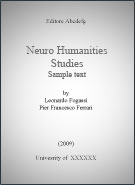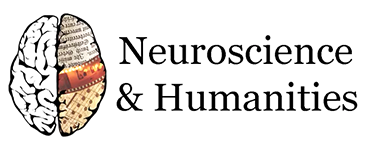
Last paper:
Grazia Pulvirenti, Renata Gambino, Neurohermeneutics. A Transdisciplinary Approach to Literature
- Peer review
- Submit a paper
- Suggest a paper
- Contact us
- Partner program
Marco Caracciolo,
Patterns of cognitive dissonance in readers’ engagement with characters
Year: 2013
Topics: Empathy; Cognition;
Disciplines: Literature;
DOWNLOAD PAPER
Download size: 403.57 KB
Leon Festinger’s account of cognitive dissonance, published in 1957, has become one of the most successful theories in the history of social psychology. I argue that Festinger’s frame-work—and the research it generated over the last sixty years—can shed light on key aspects of readers’ engagement with literary characters. Literature can invite the audience to vicariously ex-perience characters’ dissonance through an empathetic mechanism, but it can also induce disso-nant states in readers by encouraging them to take on attitudes and beliefs that are significantly different from their own. I suggest that there are two strategies—or patterns of reader-response—through which the audience can cope with the dissonance between their own worldview and the characters’: attitude change and imaginative resistance. In the first, readers adjust their own beliefs and values according to what they have experienced and learned in adopting characters’ perspectives. By contrast, in imaginative resistance readers’ worldview pre-vents them from establishing an empathetic bond with characters. I integrate these hypotheses into a model that builds on theoretical as well as empirical insights into reader-response.
Project
The Neuro Humanities Studies Network aims at creating a multidisciplinary research community in order to develop and structure a linking platform for neuro-scientific, cognitive topics and humanities.
Click on each keyword to show papers related with it.









